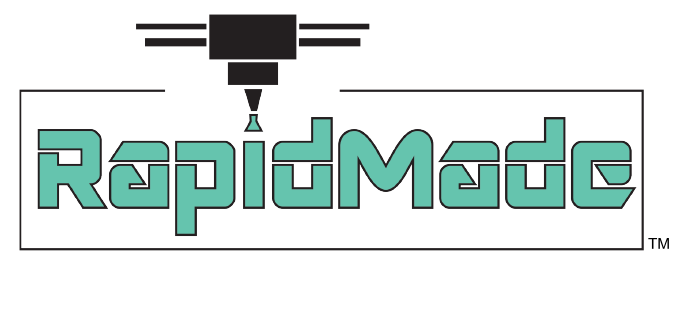Additive Manufacturing Magazine recently published an article about one of RapidMade’s clients, Defox, LLC, a startup based right here in Oregon. We’ve been helping Defox develop and launch its Periscope Case, an innovative phone case which allows users to take photos and videos from the top of their phone.
True to its name, the Periscope Case uses a mirror alongside the phone’s built-in camera to operate just like a periscope on a submarine. By reflecting the image into the camera, the phone can be mounted or held flat while still being able to take photos and videos along its length.
The article explains that Defox’s founder, Trevor deVos, came up with the idea when he needed to investigate his crawl space, but understandably did not want to venture in himself because it was filled with spiders. He made the first prototype of the Periscope Case with molded clay, mounted his phone to an RC car, and streamed the video to himself on Facebook. Problem solved!
3D printing: affordable small-scale manufacturing
DeVos quickly realized that he wasn’t the only do-it-yourselfer or handyman who would be able to benefit from the ability to shoot photos and videos in tight spaces with his phone. Additionally, sports enthusiasts and parents might also be interested in what he called “a poor man’s GoPro.”
At the same time, the Periscope Case’s market did not have a guaranteed size, and deVos wanted a way to move forward with the product without risking a large investment or committing to a final design too early. 3D printing was an obvious choice, since it produces durable, high-quality plastic products but does not require the expensive tooling, molds, or setup time associated with injection molding or machining.
To that end, RapidMade worked with Defox to begin manufacturing its Periscope Cases in batches of just 10 to 25 units using the HP Multi Jet Fusion, which allowed a ramp up of initial sales while continuing to modify the design without a large initial investment. Because of this, Defox has been able to research the market and refine its product. Now, they plan to continue to expand their manufacturing operation, both with the Periscope Case and other products using the same knowledge and supply chain.
New business models for new manufacturing technologies
Products like Defox’s Periscope Case illustrate the unprecedented benefit that 3D printing can offer to small businesses or other low-volume productions with affordable, flexible manufacturing solutions. Because of their low initial investment, customizability, and high quality, 3D printed products allow businesses to offer competitive value under constraints that would make traditional manufacturing prohibitively expensive, opening up new opportunities in under-served markets. Innovators like Defox are at the forefront of exploring new business models using additive manufacturing, and we can’t wait to see what the future holds for them!




















